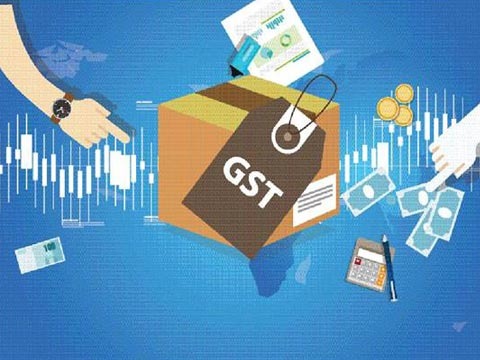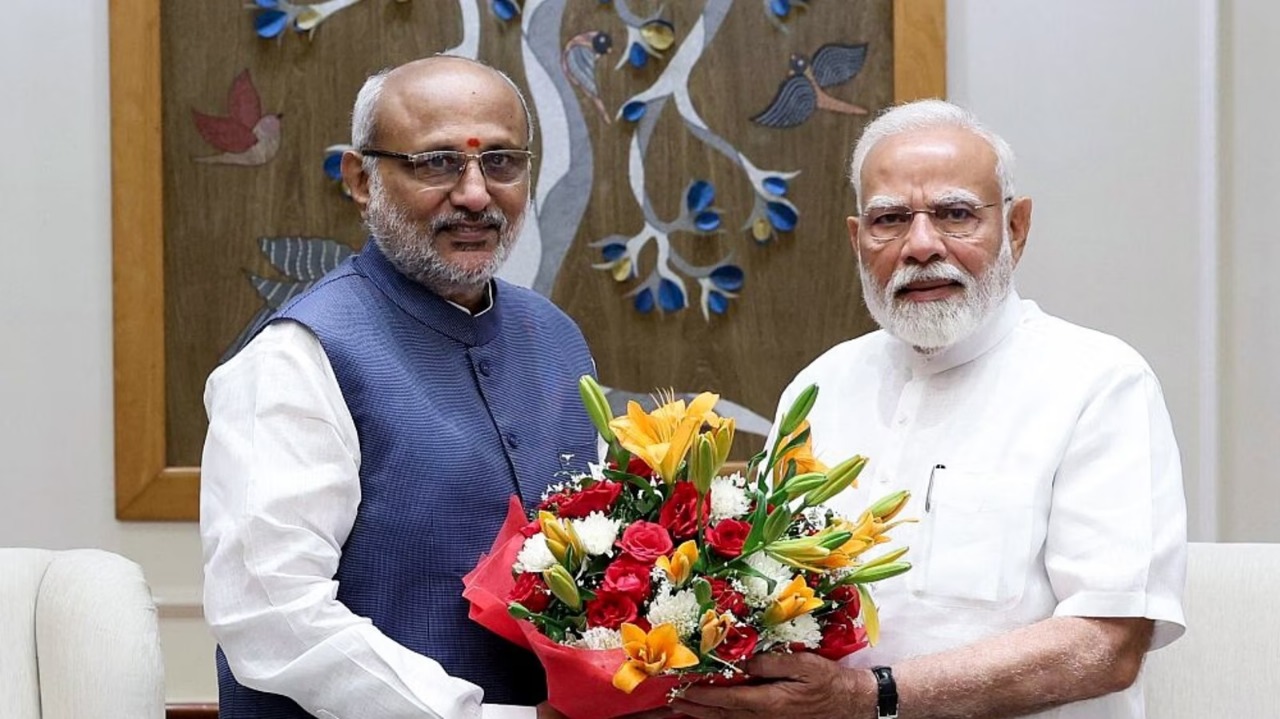 Image Source: The Economic Times
Image Source: The Economic Times
In a forward-looking address that signals a strategic pivot for India’s largest carmaker, Maruti Suzuki Chairman R C Bhargava outlined an ambitious roadmap to expand exports, leverage free trade agreements (FTAs), and capitalize on domestic tax reforms to boost competitiveness. Speaking on August 18, Bhargava emphasized that the company is targeting exports of 400,000 vehicles in FY2025-26, a sharp rise from previous years, as India’s auto industry prepares to embrace global opportunities.
The remarks come at a time when India is actively negotiating FTAs with key markets including the UK and European Union, and the GST Council is reviewing structural reforms to rationalize consumption taxes across sectors.
Key Highlights
-
Maruti Suzuki aims to export 400,000 cars in FY2025-26, up from 283,000 units last fiscal
-
FTAs expected to unlock new markets for Indian auto exports, not just facilitate imports
-
Chairman calls GST tax rationalization a major reform that will enhance affordability and competitiveness
-
Opening trade borders seen as a catalyst for consumer benefit, industry efficiency, and healthy competition
Export Ambitions and Market Diversification
Strategic Export Target Maruti Suzuki’s export goal of 400,000 units reflects a 41 percent growth ambition over FY2024-25 volumes. The company currently exports to nearly 100 countries, with top-performing models including Fronx, Jimny, Baleno, Dzire, and S-Presso.
Leveraging FTAs for Market Access Bhargava stressed that FTAs should be viewed as instruments to open foreign markets for Indian products, not merely as channels for increased imports. He cited examples of emerging economies like Vietnam and Indonesia, which have used trade liberalization to boost manufacturing exports.
Make in India Push The company’s export strategy aligns with the government’s Make in India initiative, focusing on deep localization and global competitiveness. Maruti has already crossed the 3 million cumulative export milestone, with plans to reach 7.5 lakh units annually by 2030-31.
Tax Reforms and Domestic Efficiency
Bhargava welcomed the GST Council’s ongoing rationalization of consumption taxes, calling it a huge reform for the economy. He argued that restructuring the tax framework will lower vehicle prices, improve affordability, and stimulate demand.
Currently, passenger vehicles in India attract up to 50 percent tax (including cess), which Bhargava believes is unsustainable for long-term industry growth.
He advocated for a more balanced tax regime, similar to global benchmarks in Europe and Japan, where rates range between 10 to 20 percent.
Consumer Impact and Competitive Dynamics
Lower taxes and open trade borders are expected to benefit consumers through reduced prices and wider product choices.
Bhargava emphasized that competition from foreign automakers should not be feared but embraced, as it will push Indian manufacturers to innovate and improve quality.
He dismissed protectionist concerns, stating that Indian companies are capable of competing globally if given the right policy environment.
Industry Outlook and Policy Synergy
The chairman’s remarks underscore a broader shift in India’s automotive policy landscape, where trade liberalization, tax reform, and export-led growth are converging.
Maruti Suzuki’s strategy reflects confidence in India’s ability to become a global auto manufacturing hub, supported by infrastructure upgrades, regulatory clarity, and proactive diplomacy.
As India negotiates key FTAs and retools its tax architecture, Maruti Suzuki’s export push could serve as a bellwether for the sector’s global ambitions. With a strong product portfolio, localized manufacturing, and policy tailwinds, the company is poised to accelerate its international footprint while delivering value to domestic consumers.
Source: Autocar Professional, August 18, 2025
Advertisement
Advertisement







